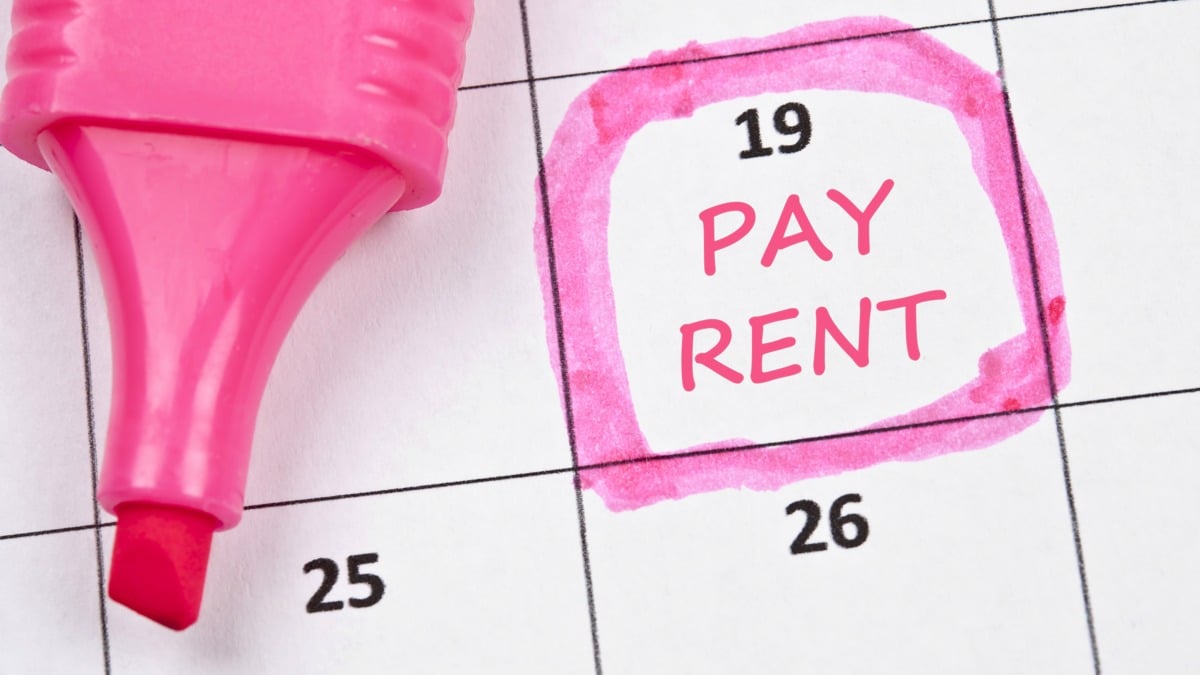In this guide
Most published retirement savings goals assume you retire as a homeowner – but what if you don’t?
The Age Pension assets test is adjusted for renters and rent assistance is available, but these factors do not prevent retired renters from experiencing much higher rates of financial stress than their homeowning counterparts.
With rates of home ownership declining, more Australians will face retirement as renters. If you anticipate you could be one of them, your retirement income goals and the savings you need to finance that income will be substantially different from retirees who own their homes.
Thankfully, the recently introduced modest retirement standard for renters from the Association of Superannuation Funds of Australia (ASFA) provides a useful starting point for estimating your needs.
How renting in retirement affects financial security
The most recent insights into the needs of retired renters and how they are faring were provided by the final report of the Retirement Income Review. This review was set up to improve understanding of the operation of Australia’s retirement income system and the outcomes it is delivering for Australians. While the final report was released in November 2020, the findings are still relevant.
It found that almost one-quarter of retirees renting private homes and more than one-third renting public housing are in financial stress. In contrast, fewer than 10% of retired homeowners are in this position. The group with the highest rate of financial stress – more than 50% of individuals – was renters who retired early (between ages 55 and 64).
Learn more about how owning a home impacts your retirement planning.
What are the signs of financial stress?
Financial stress is defined as having four or more ‘indicators’ – such as being unable to heat your home, going without meals, not taking holidays or nights out, being unable to pay bills on time, and pawning or selling possessions due to being short of money.
The Retirement Income Review also revealed that just under 50% of renters aged 65–74 and more than 35% of those aged 75+ spent more than 30% of their income on rent. This is the threshold that indicates rental stress.
The evidence clearly indicates that renting can make life in retirement very difficult if you haven’t accumulated substantial savings.
What assistance is available?
To help level the playing field for renters, the Age Pension assets test is adjusted for non-homeowners, allowing a higher value of assets before the pension is reduced and before it cuts out entirely. The current gap between homeowner and non-homeowner thresholds is $258,000.
This still gives homeowners a significant advantage because the value of their home is not an assessable asset. The home is usually worth far more than the $258,000 reduction in assets test limits.
After recent increases, rent assistance is payable to Age Pension recipients at maximum rates of $215.40 per fortnight for a single person and $203 per fortnight for a couple (combined).
The 2023 and 2024 Federal Budgets increased rent assistance by 15% and 10%, respectively (in addition to the usual indexation). These increases are intended to reduce housing affordability pressures for all recipients of income support, not just retirees. While the increases were welcome, rent assistance rates remain far below market rents.
The Retirement Income Review found that for two-thirds of recipients, rent assistance covered less than a third of fortnightly rent, and that even a 40% increase to the payment would have minimal impact on rates of financial stress.
Instead, the report suggested that a broader approach is needed to assist those who rent in retirement. This might include re-examining the operation of the Age Pension means testing that significantly advantages homeowners.
Retirement income goals for renters
There are two main methods for estimating required retirement income:
- Calculating the dollar amount of income based on what current retirees spend or on what a reasonable range of items cost
- Putting forward a percentage ‘replacement rate’ of a person’s pre-retirement income.
The most widely used estimate of retirement needs that produces a fixed dollar target for all retirees is the retirement standard from ASFA. ASFA calculates a ‘modest’ and ‘comfortable’ standard for homeowners based on the real cost of a comprehensive list of budgeted items.
In June 2025 a modest retirement income budget for renters was added to the standard. This budget includes the cost of renting a modest one- or two-bedroom apartment in a middle-to-outer-ring suburb. According to the figures, singles who rent need about $14,500 more per year, and couples need around $16,000 more, compared to homeowners.
The ASFA standard doesn’t provide a comfortable figure for renters, so we have estimated what it might be by adding the additional cost of a comfortable vs modest lifestyle for homeowners to the modest budget for renters.
Our estimate addresses the additional lifestyle costs of comfort, such as more frequent holidays, leisure activities, and eating out, but does not include an additional allowance for renting a more expensive property.
| Lifestyle goal (renting) | Single | Couple |
|---|---|---|
| Modest | $49,044 | $66,296 |
| Comfortable (estimate) | $67,811 | $91,623 |
Keep in mind that the modest income level is sufficient for little more than the essentials, with a small budget for occasional leisure activities, a basic older car, and limited meals out at inexpensive restaurants.
Alternatively, you might prefer to estimate your annual retirement income needs based on what you earn from work.
The difficulty with fixed-dollar estimates of retirement needs is that they are only marginally tailored to the individual. What a modest or comfortable retirement means to you may be very different from the established standards. This is where a replacement rate of pre-retirement income can provide more context.



Leave a Reply
You must be logged in to post a comment.